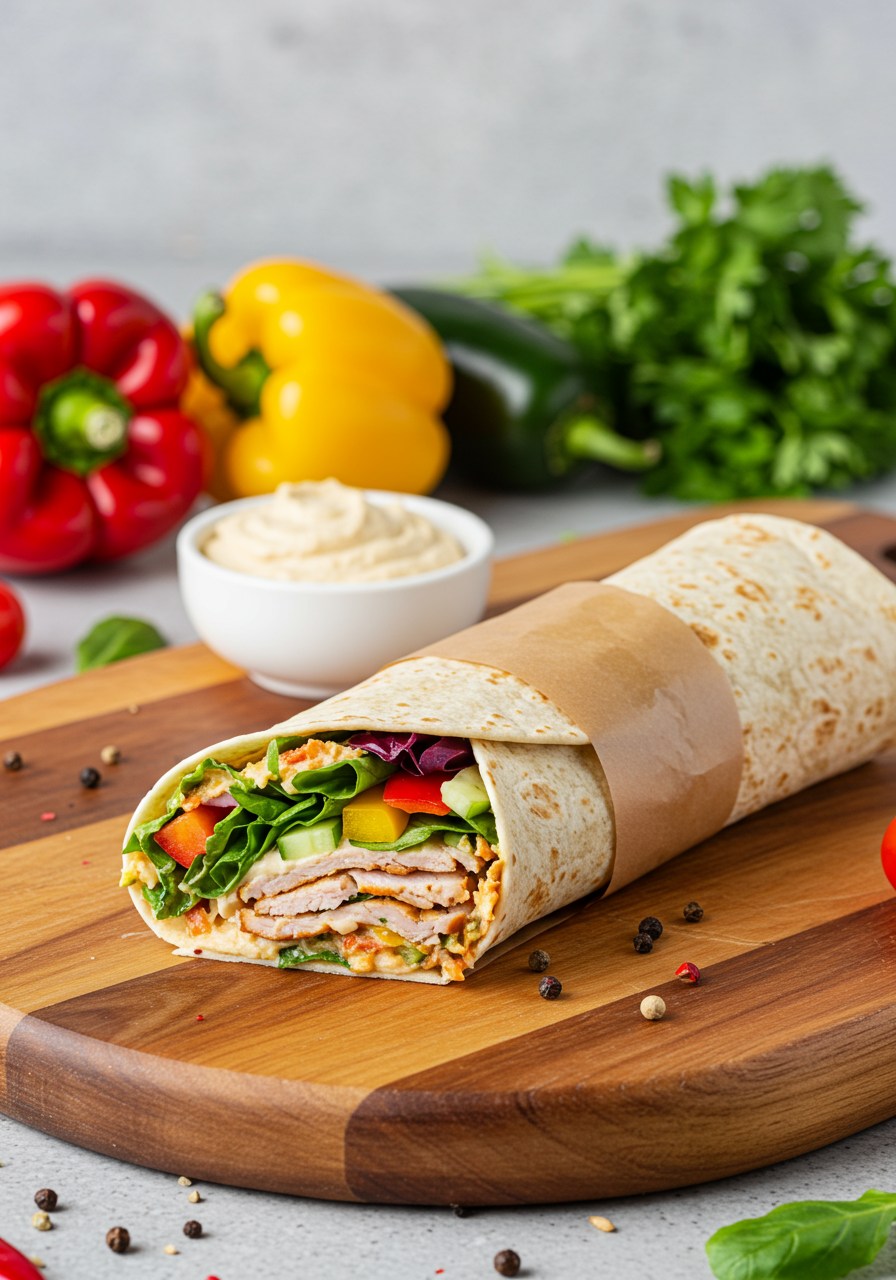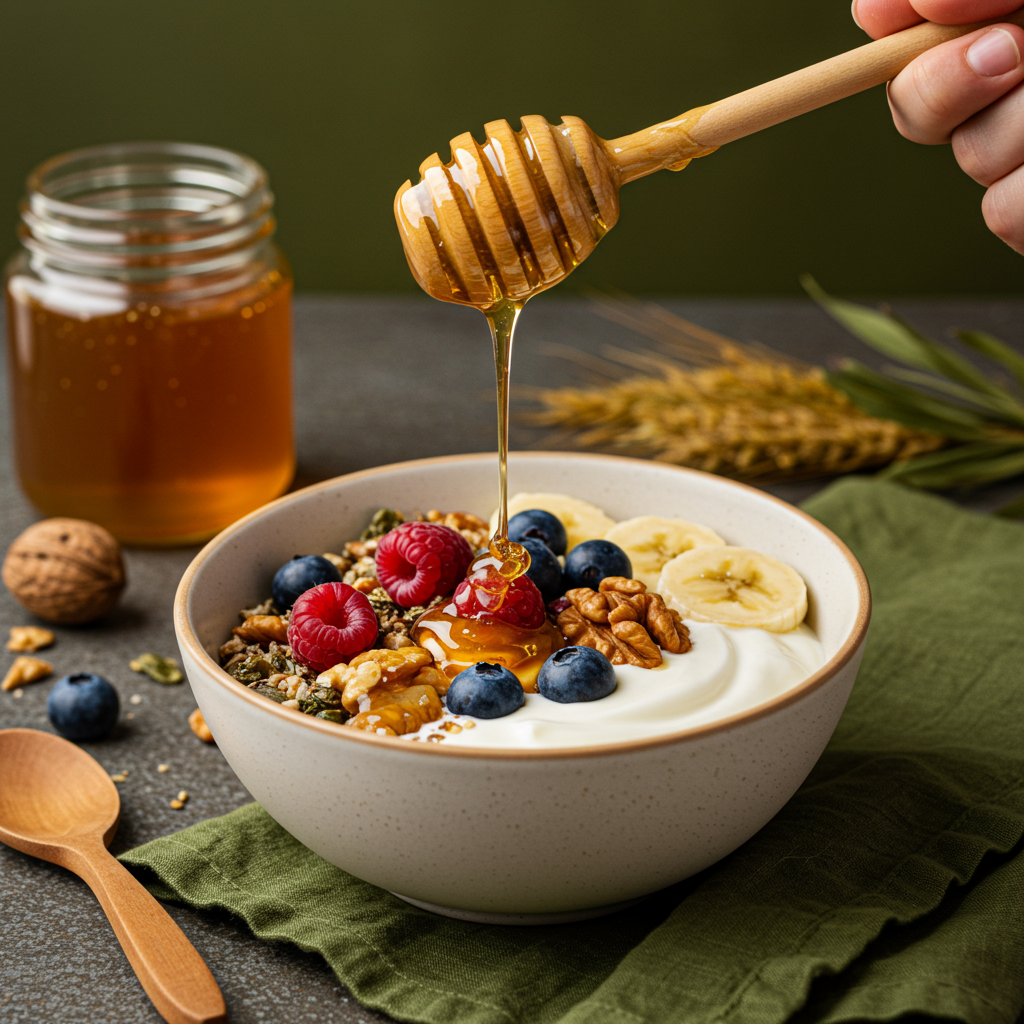5 Ways to Improve Your Speed and Agility for Teenagers
Unlock your athletic potential with proven training methods designed specifically for growing bodies
Why Speed and Agility Matter for Teens
Game-Changing Performance
Faster, sharper movements boost performance in every sport—from soccer to basketball to track and field.
Enhanced Coordination
Improves coordination, balance and injury prevention through better body awareness and control.
Confidence Builder
Builds confidence and makes training more fun and effective, leading to greater motivation and results.

1. Master Age-Appropriate Strength Training
Build Power Safely
Stronger muscles equal faster muscles, but teens must avoid heavy lifting that risks injury to growing bones and joints. The key is progressive resistance that matches developmental stage.
Smart approach: Use bodyweight exercises and light resistance tailored for teens' growth stages. Focus on proper form and controlled movements rather than maximum weight.
Example exercises:
- Controlled squats and lunges
- Resistance band drills
- Push-ups and planks
- Medicine ball throws
2. Play Games That Build Speed & Coordination
Learn best through fun, competitive games that challenge both sides of the body and keep engagement high. Game-based training disguises hard work as play, making athletes push themselves naturally.
Tag Variations
Freeze tag, partner tag, or chain tag develop quick reactions and explosive acceleration.
Relay Races
Build competitive spirit while improving sprinting technique and teamwork skills.
Ball Games
Activities that force quick direction changes improve hand-eye coordination and agility.
Pro tip: Keep everyone moving - no sitting out! This builds stamina and skill simultaneously while maintaining high energy levels.
3. Practice Change of Direction Drills
Train Like the Game
Real sports require quick cuts, pivots and stops - not just running straight. Mastering directional changes separates good athletes from great ones.
Essential drills to practice:
- 3-Cone Drill for sharp cutting
- Figure 8 Crossover for lateral movement
- T-Drill for multi-directional speed
- Zig-zag sprints for quick pivots
These drills improve balance, reaction time, and body control while building sport-specific movement patterns.
4. Focus on Deceleration & Landing Control
The Hidden Risk
Most non-contact injuries happen when slowing down or landing awkwardly—not during acceleration. Learning to stop safely is just as important as learning to go fast.
Safe Landing Technique
Drills like single-leg landings with slow controlled descent teach safe stopping mechanics. Focus on soft knees, stable hips, and balanced core engagement.
Long-Term Benefits
This builds strength and reduces injury risk while improving overall agility. Proper deceleration training protects knees, ankles, and prevents common sports injuries.
5. Use Speed Drills That Emphasize Proper Form
Technical precision creates explosive speed. Focus on quality movement patterns rather than just running harder.
High-Knee Runs
Improve knee lift and rhythm, essential for explosive speed and proper sprinting mechanics.
Fast Ground Contact
Quick foot strikes build reactive strength and teach efficient energy transfer with each step.
Arm Control Drills
Powerful arm drive develops efficient sprinting and helps maintain speed through coordination.

Ready to Get Faster and More Agile?
Start Small
Add one drill or game to your routine each week. Gradual progression prevents burnout and allows your body to adapt safely.
Consistency + Fun = Results
Lasting improvement comes from regular practice combined with activities you actually enjoy doing.
Skills, Not Genetics
Speed and agility are skills anyone can build with the right training approach and dedication.







Share:
Where to Start Your Cardio Journey